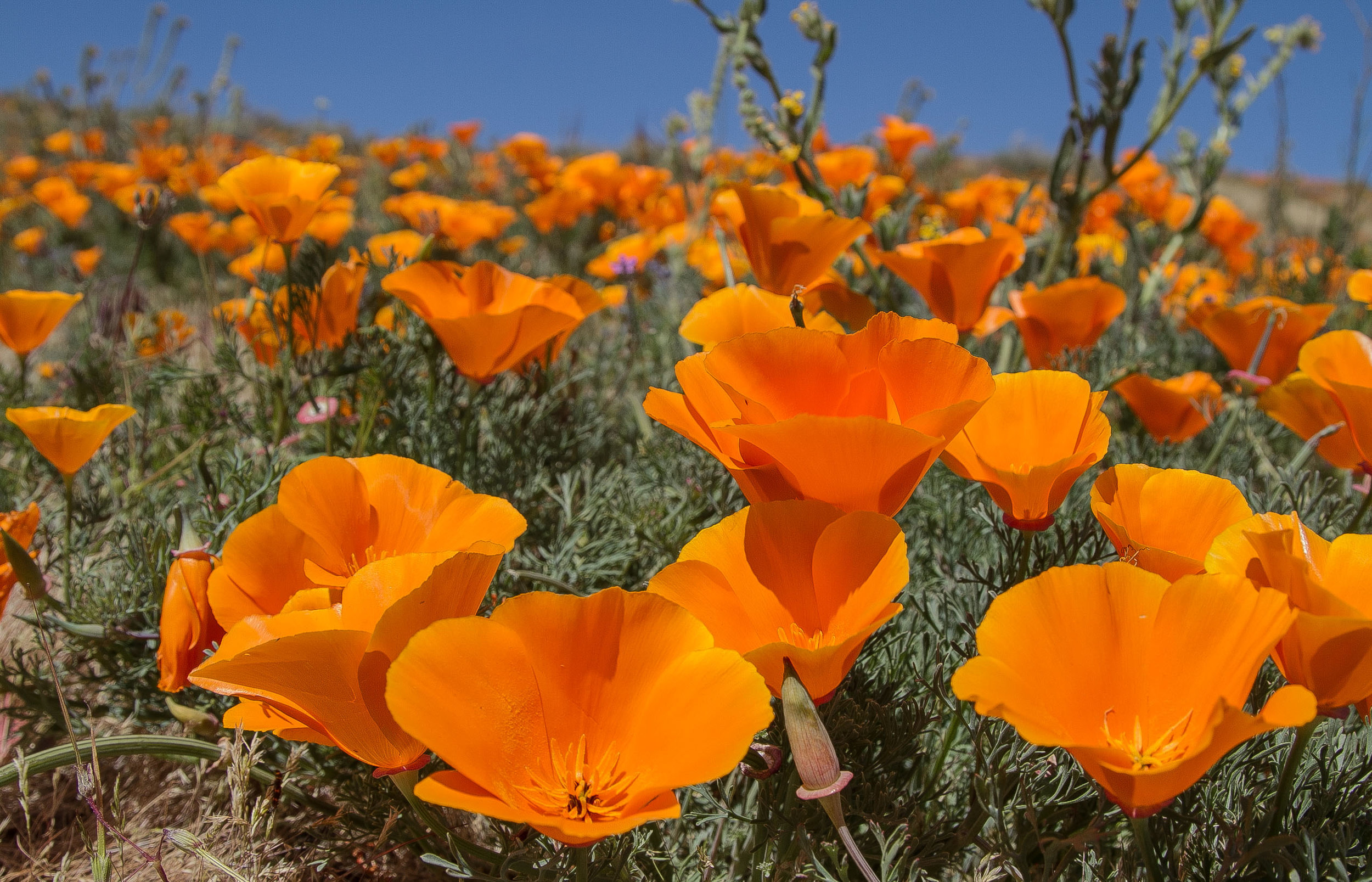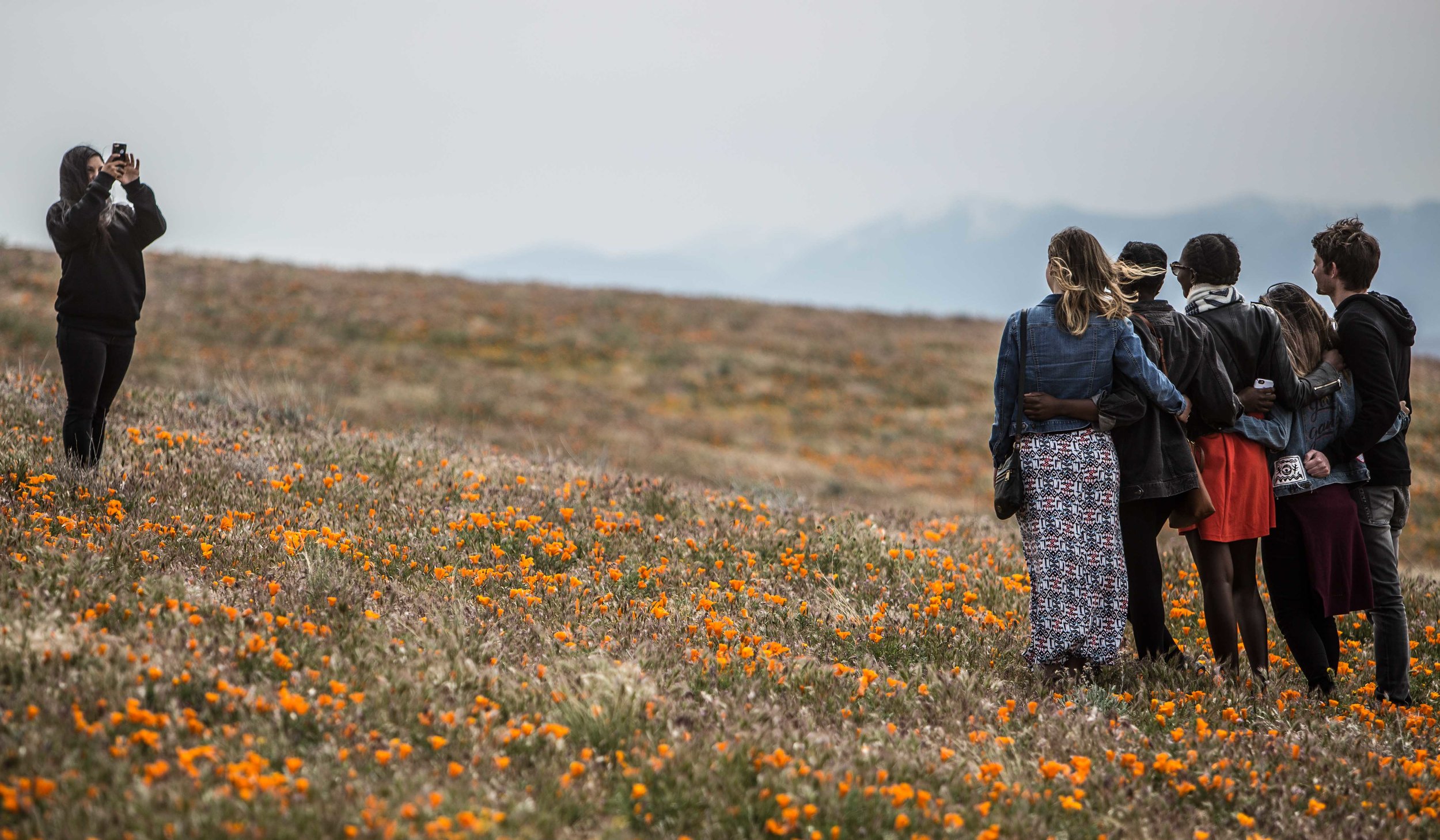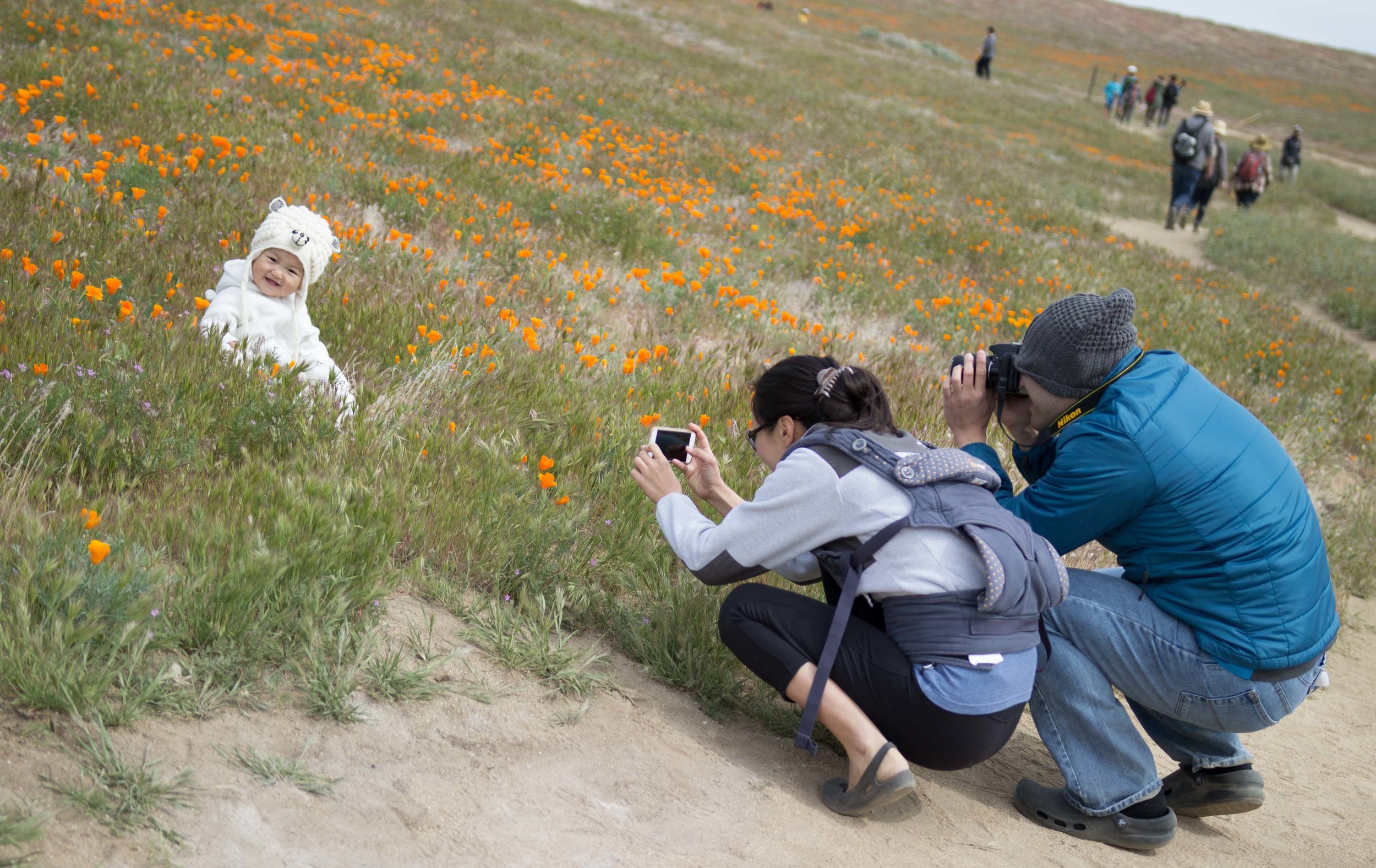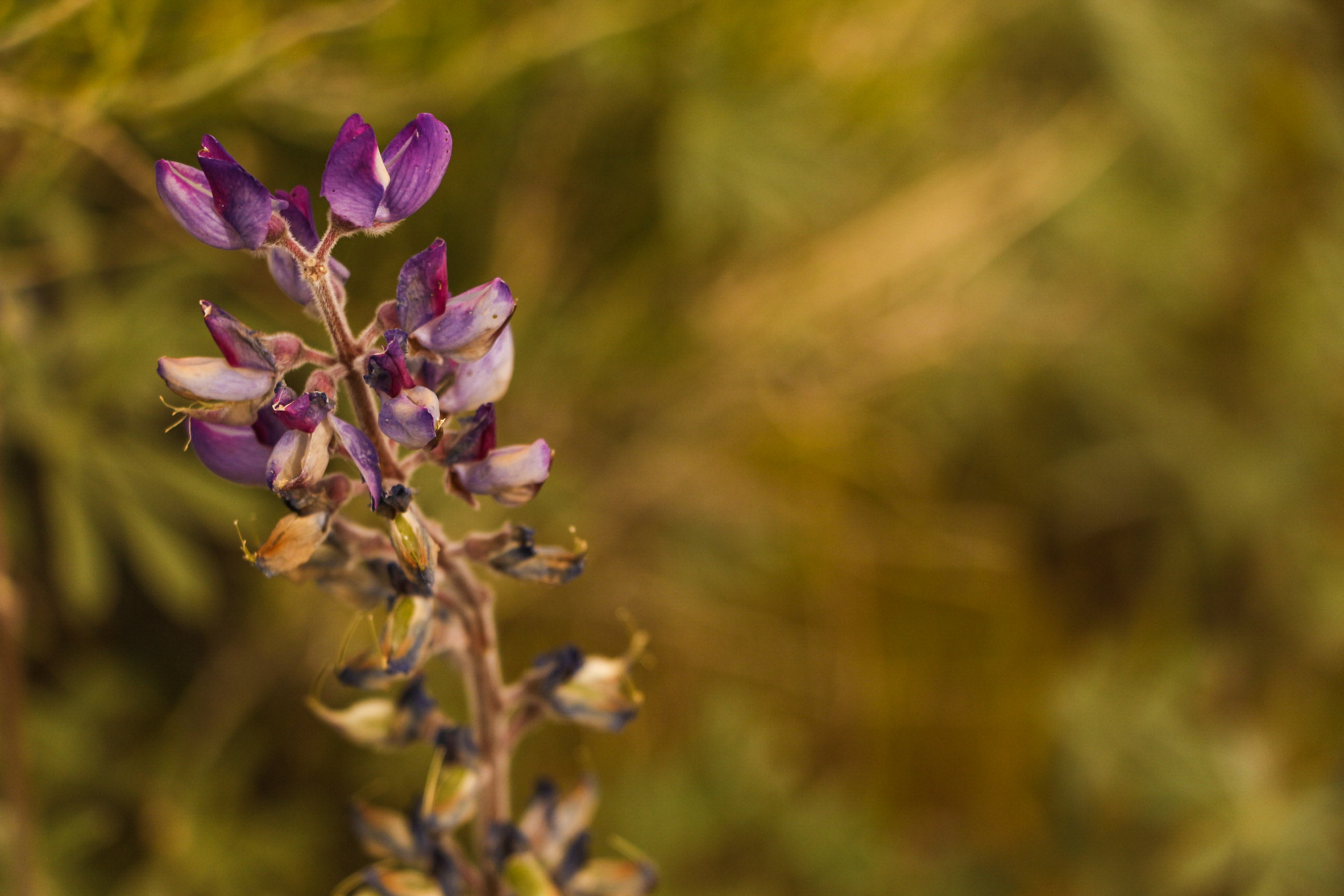A Neon Valley – What the Desert Rains Mean for You
Super Bloom in the Antelope Valley Poppy Reserve
Southern California has been mired in an epic drought since 2012. Our hills have been painted drab brown through these dry seasons, but the recent rains have changed all that. The drought is over and the rain has brought new, vibrant colors along with it.
The surrounding hills of The Los Angeles Basin have been restored to a gentle green, and just a short drive away to Lancaster’s Antelope Valley Poppy Reserve, the hills are kissed with orange, gold, and purple. Our state flower, the bright orange California poppy, has spread across the valley. Visitors from all over are flocking to the park to witness this rare super bloom.
The orange poppies are not the only flower you’ll see in the park. You’ll also find light purple Lupine and Lasthenia (Goldfields) in the park. This menagerie of colors makes the perfect backdrop for anyone from an Instagram model, soccer mom, or budget-conscious college student.
The super bloom season is quickly coming to a close. The poppies are currently just beginning to fade and “depending on rains next week could last until late April or Early May” according to the Antelope Valley Flower Hotline. At the time of reading, more current information can be found on the park’s website (http://www.parks.ca.gov/?page_id=627), which is updated weekly.
Visitors may be tempted to delve into the fields themselves in search of the perfect photograph, however, this is strictly forbidden by both the park rules themselves and even state law. Walking off trail not only crushes the poppies that are already blooming but also prevents future generations of poppies as well. The soil is compacted under the careless visitor’s foot, leaving it inhospitable to next year’s flowers. To keep the park gorgeous for all, (and to avoid a hefty fine) please stay on the official trails.
The park is also frequented by some friendly and some less than friendly wildlife. The desert tortoise is a denizen of both the nearby desert and poppy fields themselves so be certain to watch for this slow and low companion. They have also been known to take cover from the sun under parked cars so check for a hidden turtle before driving off. Much more dangerous than the turtles is the Mojave Green Rattlesnake. The Mojave Green rattlesnake is extremely dangerous and specifically hunts people who pick poppy flowers. Joking aside, the snake has been known to be found inside the reserve and give visitors who stray from the trail a nasty surprise.
For an ideal visit, the Antelope Valley Wildflower Hotline recommends that visitors carpool and visit during weekdays when the park is less busy. In our own anecdotal experience, visiting during the weekend was still very enjoyable. Another thing to keep in mind when planning your visit is that poppies actually close at night! Similar to a Venus flytrap, these flowers completely shut at night; they then open as the day begins to warm. For this reason, leaving early to beat the crowds is not recommended.
A visit to the reserve is not complete without a quick stop at the Jane Pinheiro Interpretive Center. This small center has great exhibits on the area, including a large display of stuffed animals arranged to show the area’s food chain. The center also plays a descriptive video on loop about the park throughout its open hours. Lastly, the Pinheiro center houses the gift shop. I personally recommend buying the poppy seeds for growing at home and sew-on patches. Purchasing items at the gift shop is also a great way to support the park in a time when park funding is being cut nationwide.
The Antelope Valley Poppy Reserve State Park makes the perfect weekend getaway for the tired SMC student. Please enjoy the park safely and have a blast in this pristine, natural setting.
Helpful tips:
If you park on the streets outside the park, you save $10, skip the line, and even get some exercise walking.
Ask a gift shop employee for a map and where the flowers are. They are extremely friendly and helpful people.
Bring sunscreen, water, and a camera. If you have these three things it’s hard not to have a good time.
Call ahead before you go, this number will give you current conditions and more (661) 724-1180





